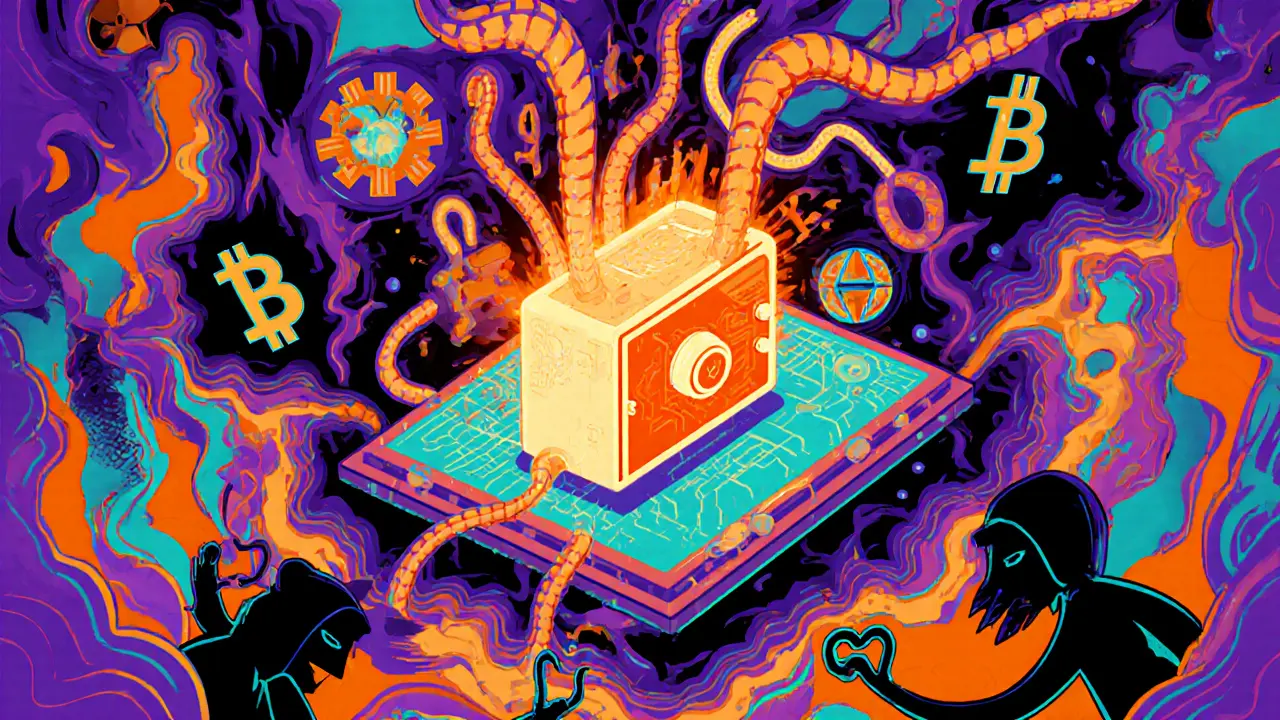Crypto Wallets: Secure, Smart, and Essential for Your Digital Assets
When you own cryptocurrency, your crypto wallet, a digital tool that stores your private keys and lets you send, receive, and manage crypto assets. Also known as digital wallet, it’s the only thing standing between your coins and total loss. If you don’t control your wallet, you don’t control your money. That’s why non-custodial wallets—where only you hold the keys—are the gold standard. No exchange, no app, no third party can freeze, seize, or lose your funds if you’re using one right.
But here’s the catch: most people don’t use them right. A hardware wallet, a physical device like Ledger or Trezor that stores keys offline is the most secure option for anyone holding more than a few hundred dollars. It’s not fancy—it’s just a USB stick that never connects to the internet. Pair it with a seed phrase backup, a 12- or 24-word recovery code that lets you restore your wallet if the device breaks or gets stolen, and you’ve got bulletproof protection. Write it on metal. Store it in a safe. Never take a photo of it. Never type it into a website. One mistake, and your entire portfolio vanishes.
Then there’s cold storage, the practice of keeping crypto offline to avoid hacking risks. It’s not just for pros. If you’re holding Bitcoin, Ethereum, or even a small NFT collection, cold storage isn’t optional—it’s basic hygiene. Hot wallets (the ones built into apps like MetaMask) are fine for small, active trades, but they’re like leaving your cash on the kitchen counter. Cold storage is the vault in your basement. Most of the posts below show real cases where people lost everything because they skipped this step—whether they trusted a sketchy airdrop site, reused a seed phrase, or fell for a phishing scam pretending to be a wallet update.
You’ll find guides here on how to set up a hardware wallet the right way, why multisig wallets are gaining traction among serious holders, and how to back up your seed phrase without creating a digital copy. You’ll also see warnings about fake wallets, scams disguised as "free crypto" tools, and the dangerous myth that "if I didn’t lose it, it’s safe." The truth? If you didn’t secure it, you already lost it. These aren’t theory pieces—they’re lessons from people who got burned, and the fixes that actually work in 2025.
What follows isn’t a list of tools. It’s a collection of real-world experiences—what worked, what failed, and what you should never do again. Whether you’re holding your first $50 in crypto or managing a six-figure portfolio, the rules for wallet security haven’t changed. You just need to follow them.
Understanding Different Types of Crypto Wallets: Hot, Cold, and Hardware Explained
Learn the differences between hot, cold, and hardware crypto wallets. Discover which type is best for trading, holding, or beginners - and how to avoid common security mistakes.
